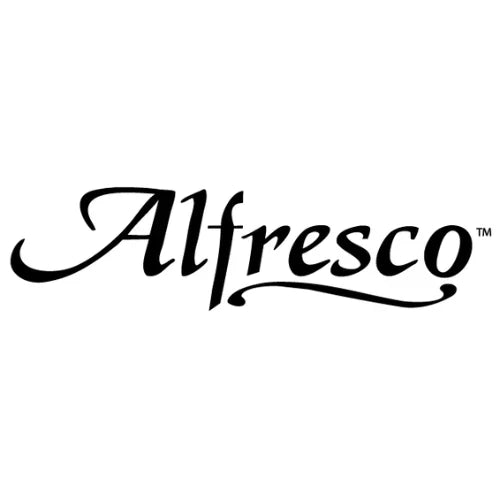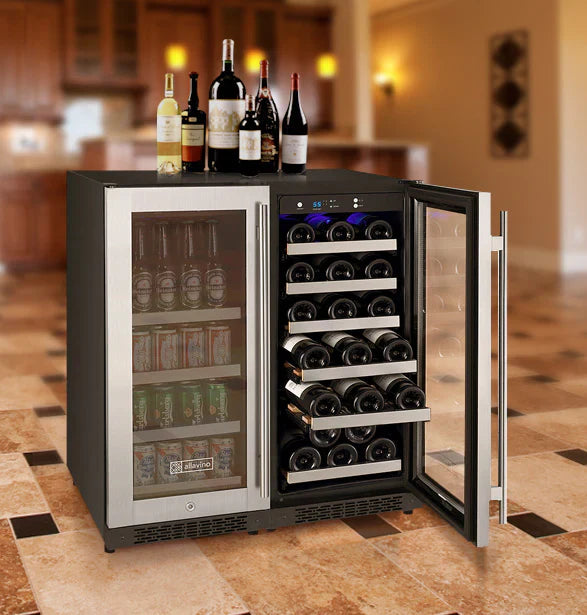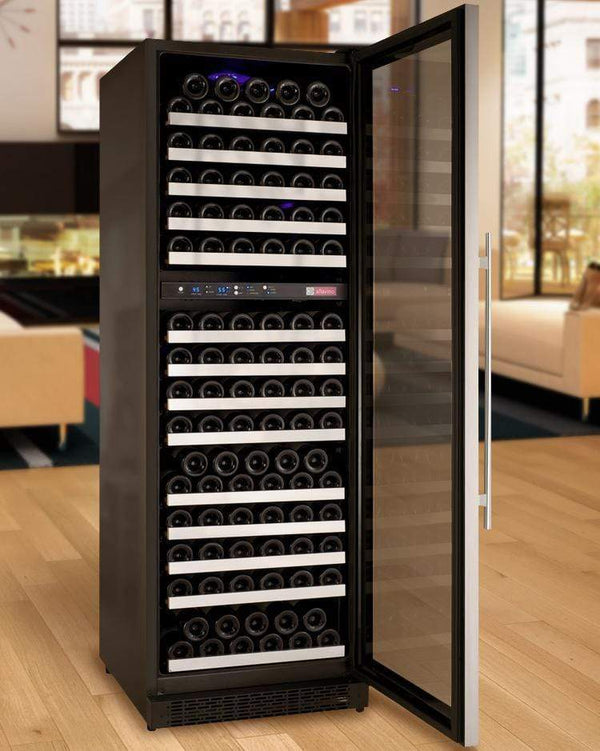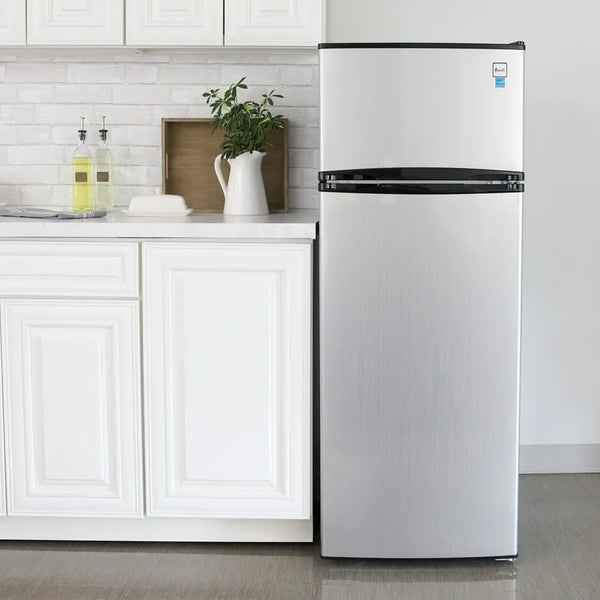Designing a Wine Cellar?
Let’s get it right.
Our specialists review your room layout, insulation, and heat load to recommend the correct cooling system for stable temperature and reliable climate control.
Wine Cellar Cooling System Comparisons: Top Brands & Types
Choosing the Best Wine Cellar Cooling System
By Jim Hopper, Wine Cooling Expert
Protecting your wine collection starts with the right cooling system. The system you choose determines how well your wine ages, its flavor development, and even its value. This guide compares the main wine cellar cooling systems, top brands, and the practical factors that matter most—so you can make a confident, informed choice.
Why Cooling Systems Matter

Consistent temperature and humidity are non-negotiable for wine storage. Too much heat or dryness can spoil wine, shrink corks, or lead to mold. Standard air conditioners just won’t cut it: only specialized wine cellar cooling systems offer the precision needed for proper wine aging.
How Wine Cellar Cooling Systems Work

Wine cellar cooling systems are specialized air conditioners designed for the unique needs of wine storage. They use three main components:
- Evaporator: Cools the air inside the cellar.
- Condenser: Releases heat outside the cellar.
- Compressor: Circulates refrigerant between the evaporator and condenser.
This cycle maintains a stable, cool environment and controls humidity—essential for preserving cork integrity and preventing mold. Unlike standard AC units, these systems are engineered to maintain temperatures between 50–65°F and humidity levels within 50–75% RH, which are ideal for wine.
Types of Wine Cellar Cooling Systems
1. Self-Contained Cooling Systems
Ready to shop? Browse our Self-Contained Wine Cellar Cooling Units collection for top choices.
How They Work:
Everything (evaporator and condenser) is housed in one unit, typically mounted through a cellar wall.
Pros:
- DIY-friendly installation—no HVAC pro needed
- Lower upfront cost
- Great for small to medium cellars or cabinets
Cons:
- Can be noisy (especially in quiet home settings)
- Limited cooling capacity
- Visible inside the cellar
Best For:
New collectors or those with modest-sized, well-insulated cellars.
Looking for the best options for smaller spaces? Check out our guide to the Best Wine Cellar Cooling Systems for Small Cellars.
Related Products:
- WhisperKOOL SC PRO 4000 Self-Contained Wine Cellar Cooling Unit
- Breezaire WKL 3000 Self-Contained Wine Cellar Cooling Unit
2. Split Cooling Systems
Explore our Split Wine Cellar Cooling Units collection to find the best fit for your space.
How They Work:
The evaporator goes inside the cellar, while the condenser sits outside or in another room. The two are connected by refrigerant lines.
Pros:
- Quieter operation inside the cellar
- Flexible installation locations
- Handles medium to large cellars
Cons:
- Professional installation required
- Higher cost than self-contained units
Best For:
Collectors with larger cellars or those sensitive to noise.
Curious how split systems stack up against others? Explore our in-depth Ductless vs Ducted Wine Cooling Units comparison.
Related Products:
- WhisperKOOL Platinum Split 4000 Wine Cellar Cooling Unit
- Wine Guardian D025 Split System Wine Cellar Cooling Unit
3. Ducted Cooling Systems
Discover discreet, powerful options in our Ducted Wine Cellar Cooling Units collection.
How They Work:
The cooling unit is placed outside the cellar, with cold air delivered via ducts. This keeps the equipment hidden and minimizes vibration.
Pros:
- Virtually silent in the cellar
- Excellent temperature and humidity control
- Ideal for large or commercial spaces
- No visible equipment in the cellar
Cons:
- Highest upfront and installation costs
- Requires space for ductwork and professional installation
Best For:
Serious collectors, commercial spaces, or anyone who wants the quietest, most discreet solution.
Related Products:
Comparison Table
| System Type | Installation | Noise Level | Capacity | Visibility | Upfront Cost | Maintenance |
|---|---|---|---|---|---|---|
| Self-Contained | DIY | Loudest | Small/Medium | Visible | $ | Simple (filter) |
| Split | Professional | Quiet | Medium/Large | Minimal | $$ | Moderate (pro) |
| Ducted | Professional | Quietest | Large/Commercial | Hidden | $$$ | Moderate (pro) |
Leading Brands: What Sets Them Apart?
Known for reliability and innovation, WhisperKOOL offers both split and ducted systems. Their ducted Platinum Series features advanced digital controls and quiet operation—ideal for high-end home or commercial cellars. See how WhisperKOOL compares to Wine Guardian in our detailed comparison.
Featured Product: WhisperKOOL Platinum Split 4000
A leader in ducted systems, Wine Guardian stands out for its broad range of models (including water-cooled options) and precision controls. Their systems are popular in both luxury homes and commercial venues, with flexible installation and humidity control add-ons.
Featured Products:
Breezaire is prized for simplicity and quiet performance, especially in self-contained and through-the-wall models. They’re a favorite among collectors seeking a dependable, low-maintenance solution for smaller cellars.
Featured Product: Breezaire WKL 3000 Self-Contained Unit
Compare Breezaire and CellarCool side by side here. Or see a model-specific showdown: Breezaire WKSL 2200 vs WhisperKOOL Platinum Split 4000.
Vinotemp
Vinotemp provides a wide spectrum of cooling options, from compact self-contained units to powerful ducted systems. Their user-friendly controls and customization options make them a go-to for both DIYers and professionals.
CellarPro
CellarPro’s advanced cooling units are known for customization and robust customer support. Their Learning Center and design resources help ensure buyers choose the right system for their unique needs.
Want to see how WhisperKOOL compares to other top brands? Read our WhisperKOOL vs Other Wine Cellar Cooling Systems article.
Accessories and Customization Options

Many modern wine cellar cooling systems offer accessories and add-ons to enhance performance and convenience:
- Digital controllers: For precise temperature and humidity management
- Wi-Fi modules: Allow remote monitoring and control via smartphone
- Bottle probes: Measure the actual temperature of wine inside bottles
- Alarm systems: Alert you to temperature or humidity fluctuations
- Heating functions: For cellars located in cold climates
Customize your setup with our Wine Cellar Cooling Accessories collection.
Key Considerations When Comparing Systems
Noise Level:
If your cellar is near living spaces, prioritize split or ducted systems for a quieter experience.
Installation Complexity:
- Self-contained: Most homeowners can install these.
- Split and ducted Systems Require HVAC professionals and may necessitate permits.
Capacity & Sizing:
Always match system capacity to your cellar’s size and insulation. Use a heat load calculator or consult a pro—undersized units struggle, oversized ones waste energy.
Features to Look For:
- Digital temperature and humidity controls
- Alarms for temperature fluctuations
- Electric heaters for cold climates
- Remote or Wi-Fi controls
- Bottle probes for precise monitoring
Maintenance Requirements:
-
Self-contained: Occasional filter changes and cleaning vents
-
Split/ducted: Annual professional servicing, checking refrigerant lines, cleaning ducts
Long-Term Costs:
Consider not just the purchase price, but also energy use and ongoing maintenance.
Installation Resources:
Before purchasing, review the installation manuals provided by the manufacturer and consult their support or learning resources. This helps set expectations for the complexity of installation and ongoing care.
Alternative Uses for Wine Cellar Cooling Systems

Wine cellar cooling systems aren’t just for wine. They can also be used to store:
- Beer: Prefers cool, stable temperatures and humidity
- Cheese: Benefits from controlled aging environments
- Cigars: Require stable humidity to prevent drying out
- Olive oil, chocolate, cured meats: Sensitive to temperature swings
Tip:
Always check the specific temperature and humidity needs of these products, and avoid storing items with strong odors (like cheese or cigars) in the same space as wine to prevent flavor transfer.
Support and Learning Resources
Choosing and installing the right system can be complex. Leading brands like CellarPro and Vinotemp offer learning centers, design assistance, and expert support to help you:
- Select the right unit for your cellar size and conditions
- Plan for installation and maintenance
- Troubleshoot any issues that arise
Taking advantage of these resources ensures a smoother experience and better long-term results.
Practical Scenarios
Scenario 1:
You have a 400 cubic foot cellar in a condo. A self-contained unit is likely sufficient and can be installed with basic tools.
Scenario 2:
You’re building a 1,200 cubic foot cellar next to your dining room. A split system keeps noise down and preserves aesthetics.
Scenario 3:
You manage a commercial wine room holding 3,000 bottles. A ducted system (Wine Guardian or WhisperKOOL) offers the control, capacity, and discretion you need.
Decision Guide: Which System Is Right for You?
-
Cellar Size:
- Up to 500 cu. ft..: Self-contained or split
- 500–1500 cu. ft..: Split or ducted
- 1500+ cu. ft.: Ducted
-
Budget:
- Self-contained: Most affordable
- Split: Moderate
- Ducted: Highest investment
-
Noise Sensitivity:
- Choose split or ducted for quiet operation
-
Aesthetics:
- Ducted keeps equipment out of sight
-
DIY or Professional:
- DIY: Self-contained
- Professional: Split or ducted
Pro Tip:
Don’t underestimate your cellar’s needs. It’s better to slightly oversize your cooling unit than risk underperformance—especially if your insulation isn’t perfect.
Need Help Choosing the Right Wine Cellar Cooling System?
Our team of experts is here to help you select the perfect cooling solution for your collection and space.
Visit Wine Coolers Empire for the best selection, or reach out directly:
Call Us: 1-888-407-7770
Email: support@winecoolersempire.com
We’re happy to answer your questions and guide you every step of the way!
📚 Frequently Asked Questions (FAQs)
Can I use a standard air conditioner?
Are these systems suitable for beer or other products?
How often does maintenance need to be done?
What if my cellar isn’t well insulated?
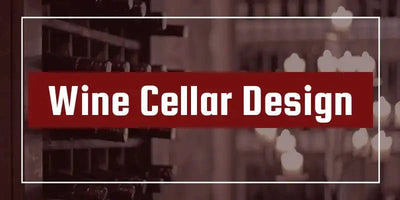
Designing or Upgrading a Wine Cellar?
We got you! Here at Wine Coolers Empire, we will guide you in building your dream wine cellar.



